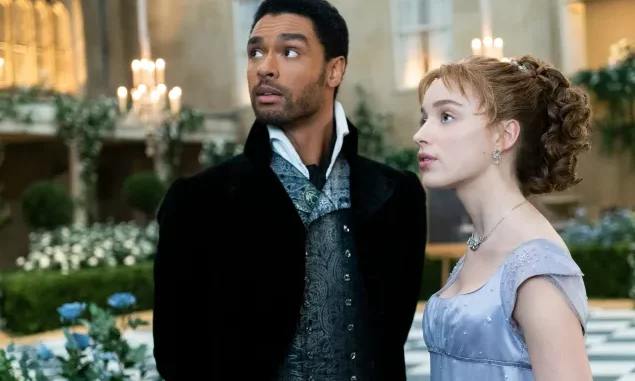
Bridgerton’s Colorist View of Race
I love a good period drama just as much as fans of Pride and Prejudice or North & South, so when I saw the first trailers for Bridgerton, I was intrigued, but then I noticed the cast and knew I might have a problem with the show. After watching, unfortunately, my concerns were proven correct.

Produced by Shonda Rhimes under her Shondaland banner and written by Chris Van Dusen (Scandal, Grey’s Anatomy), sex, scandal, and family drama are a given, and they’re delivered with the same style and panache as the Regency era. In this adaptation of Julia Quinn’s book series, gender roles, sexism, social status, and the pressure on women to live their lives for their husbands and families are brought to the forefront. Anyone who has read a Jane Austen book will recognise the premise: as soon as a young woman is “of age”, she must enter the marriage market to provide her new husband with an heir, and her family with one less mouth to feed, while also raising their status. But Bridgerton takes a more modern and open approach by giving readers both male and female perspectives on these topics. It’s not often that we get the perspective of young men tasked with the burden of supporting a family while being pushed to create a new one through marriage.
